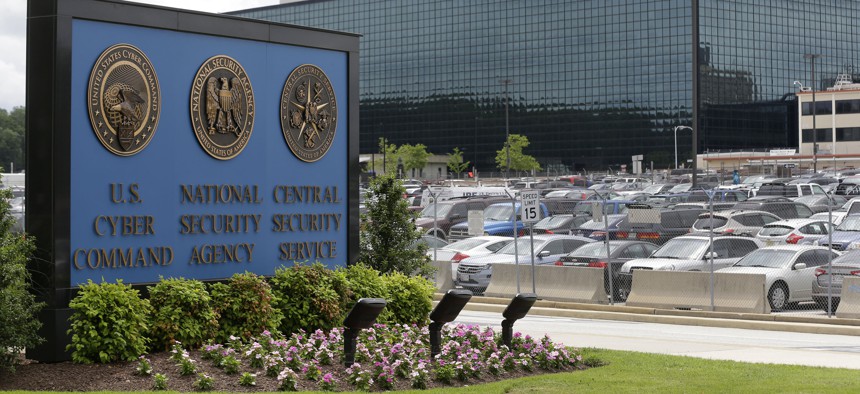The tech can provide evidence of compliance with configuration standards and detect anomalies in complex multi-tenant, multi-cloud computing architectures.
Cloud service providers and mobile operating networks should implement technology to avert cascading impacts from compromised applications by monitoring access controls to the “containers” that are increasingly used to more efficiently manage them, according to new guidance from the National Security Agency and the Cybersecurity and Infrastructure Security Agency.
“Preventing a process that runs in a container from escaping the isolation boundaries of its container and gaining access to the underlying host is [a] threat that must be addressed,” the agencies wrote in guidance released Friday. “Capabilities that enable the detection of unexpected behavior, such as dynamic verification through attestation or use of behavior profiles, need to be industry best practices.”
The document on securely isolating computing resources is the second in a four-part series NSA and CISA are producing on cloud infrastructures used in fifth generation networks. Part one focused on preventing and detecting lateral movement across networks. Part three will deal with protecting data in transit, in-use and at-rest and part four will be on ensuring infrastructure integrity.
The work is informed by collaboration with related companies through the Enduring Security Framework, which is a Critical Infrastructure Partnership Advisory Council on threats and risks to national security systems. It’s being released as attacks leveraging the complexity of cloud environments are expected to increase and confusion surrounds who is responsible for what among various stakeholders, including the cloud service providers, mobile network operators and customers.
“A characteristic of cloud infrastructure that presents a significant security challenge in 5G is multitenancy, the use of a shared physical infrastructure by multiple cloud infrastructure customers, e.g., mobile network operators. Multitenancy highlights the need to harden and securely configure technologies that isolate the workloads (e.g., virtualization/ containerization) for each of those customers,” the document reads. “An additional factor creating security challenges is the increasing deployment of a multi-cloud deployment model in 5G with diverse and evolving architectures and design approaches used by wireless carriers.”
For each set of mitigations laid out in the document, the agencies identify specific stakeholders as the audience.
In general, the agencies said vendors and customers alike should follow the broadly applicable principles of limiting privileged access to those workload-isolating technologies such as containers, which pack everything needed to run an application onto a lightweight image file.
“This four-part series will document best practices that strive to bring a Zero Trust mindset into 5G cloud endpoints and growing multi-cloud environments,” the agencies note. Misconfigured access controls in cloud environments, or overly permissive default settings provides a common opening for malicious hackers.
The recommendations around attestation technology are directed specifically at cloud service providers and mobile network operators for incorporation into threat detection and incident response practices. The agencies said the attestation measures should ideally be incorporated into a protocol the National Institute of Standards and Technology has developed to assess compliance with appropriate configuration standards and detect vulnerable software when exchanging security automation content.
“Attestation technology takes a snapshot of current configurations or metrics, digitally signing that evidence. The evidence is verified against a protected set of expected policies and measurements,” according to the document. “[NIST’s] Security Content Automation Protocol provides a full set of standards to verify and remediate configurations and may complement attestations Attestation is in use for some aspects of verifying container security and will expand in time, ideally becoming part of SCAP in the future. Built-in security that is verified, with alerting or remediation on exceptions, is the only way to achieve real-time detection to enable real-time incident response.”


